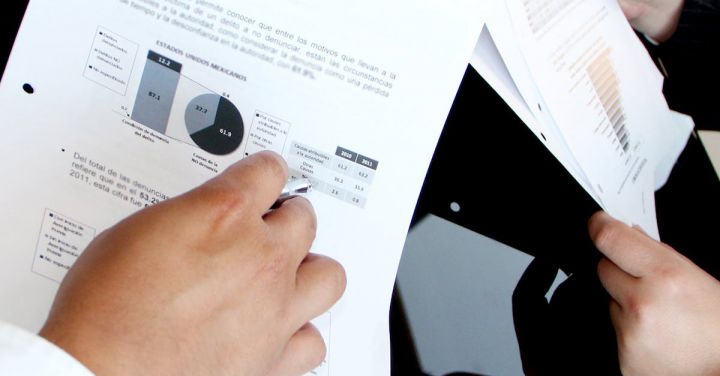Risk is an inherent part of running a business. Whether you are a small start-up or a multinational corporation, understanding and managing risks is crucial for success. Fortunately, there are various risk assessment tools available to help businesses identify and mitigate potential risks. In this article, we will explore some of these essential tools that every business should consider implementing.
1. SWOT Analysis: One of the most widely used risk assessment tools is the SWOT analysis. SWOT stands for Strengths, Weaknesses, Opportunities, and Threats. This tool helps businesses evaluate their internal strengths and weaknesses, as well as external opportunities and threats. By identifying these factors, businesses can develop strategies to capitalize on their strengths, address weaknesses, seize opportunities, and mitigate potential threats.
2. Risk Matrix: A risk matrix is a visual tool that helps businesses assess and prioritize risks based on their likelihood and impact. It involves plotting risks on a matrix with the likelihood on one axis and the impact on the other. This tool enables businesses to focus their resources on high-priority risks that have a higher likelihood of occurring and a significant impact on the organization.
3. Failure Mode and Effects Analysis (FMEA): FMEA is a systematic approach to identify and prevent potential failures in processes, products, or services. It involves analyzing potential failure modes, their causes, effects, and the likelihood of occurrence. By identifying and addressing these potential failures proactively, businesses can reduce the risk of costly errors, improve quality, and enhance customer satisfaction.
4. Key Risk Indicators (KRIs): KRIs are measurable variables that provide early warnings of potential risks. They help businesses monitor and track risk levels in real-time, allowing for timely risk mitigation actions. For example, a retail business may use sales volume as a KRI to identify potential inventory management risks. By monitoring sales volume regularly, they can adjust their inventory levels to avoid stockouts or overstocking.
5. Scenario Analysis: Scenario analysis involves developing and evaluating various scenarios to understand the potential outcomes and risks associated with each. This tool helps businesses assess the impact of different factors, such as changes in market conditions, regulatory environment, or technology disruptions. By considering multiple scenarios, businesses can develop robust contingency plans and adapt to changing circumstances effectively.
6. Business Impact Analysis (BIA): BIA focuses on identifying and prioritizing critical business functions and processes. It helps businesses understand the potential impact of disruptions on their operations, such as natural disasters, cyber-attacks, or supply chain disruptions. By conducting a BIA, businesses can develop strategies to minimize downtime, allocate resources effectively, and ensure business continuity.
7. Compliance and Regulatory Risk Assessment: Compliance with laws and regulations is essential for businesses to avoid legal and financial consequences. A compliance and regulatory risk assessment helps businesses identify potential compliance risks and develop strategies to ensure adherence to applicable laws and regulations. This tool enables businesses to mitigate legal and reputational risks while maintaining ethical practices.
In conclusion, risk assessment is a vital component of any business strategy. By implementing the right risk assessment tools, businesses can identify potential risks, evaluate their likelihood and impact, and develop effective risk management strategies. From SWOT analysis to compliance risk assessments, these tools provide valuable insights and help businesses navigate uncertainties, protect their assets, and achieve their objectives. So, invest in these essential risk assessment tools to safeguard your business and stay ahead in today’s competitive landscape.



